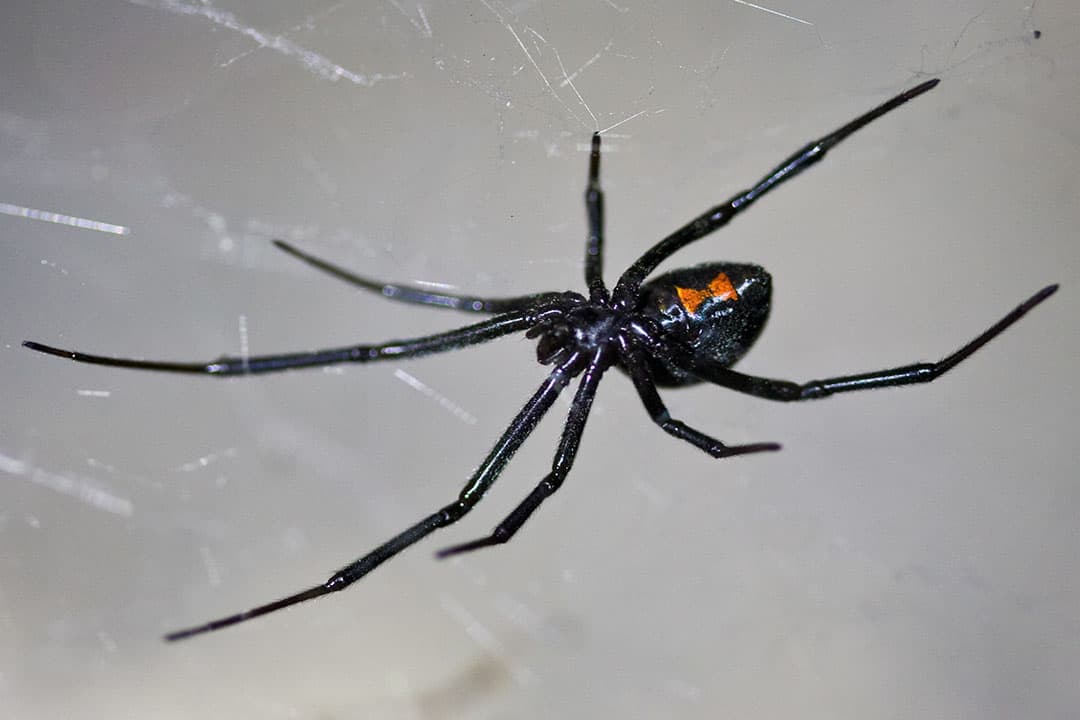How do male black widow spiders find potential mates? According to a recent UTSC-affiliated study, they follow the silk trails left by their competitors.
In a majority of mate-seeking insect species, the males follow pheromones — chemicals released by an individual of the same species — in order to find available mates. Traditional thinking would suggest that males follow pheromones from female spiders, while avoiding those released by males, to prevent any vicious competition during courtship.
However, according to the study’s results, the male black widow spider instead leverages the scent and the silk trails released by other males to efficiently find potential mates.
The motivation for the adaptation
The reproductive success of the black male widow spider hinges on its ability to locate a potential mate as quickly as possible, due to the low number of available female black widow spiders and lengthy courtship behaviour.
“On any given night, there are only a handful of sexually receptive females. Hence competition is inevitable,” explained Catherine Scott, the study’s author and a PhD candidate at UTSC, to The Varsity.
“Furthermore, courtship can last hours. So, even if a male is not the first to arrive and if he gets to the female quickly enough, he might just be able to win the competition and be the first one to mate.”
Given the intense competition male black widow spiders face in courtship, it is best for them to follow the trails of other males rather than completely lose the chance to mate.
However, these are not the only hurdles that male black widow spiders face. Even after successful mating, the male spider is sometimes cannibalized by its partner, as the females are much larger than the males of the species.
The study’s design and results
To conduct the study, the researchers set up a series of races to track the spiders’ behaviour on the sand dunes of Vancouver Island.
Before the races, each male was weighed on a scale. The length of his legs were then measured, and his body was painted with unique racing stripes for identification. The race’s finish line was set up with cages containing the pheromone-releasing females.
Due to the nocturnal behaviour of black widow spiders, the males were released at sunset in 10-metre intervals from the finish line. The shortest race was 10 metres away from the finish line, while the longest was a length of 60 metres.
The great “Black Widow Races of 2016 and 2017,” as Scott nicknamed them, enabled the researchers to determine the speed taken by each male to find the cages.
Unexpectedly, they found that the males were able to locate the females faster if they also had access to the pheromones of other males.
While further research needs to be done, Scott hypothesizes that the study’s results could be generalized to other species of spiders.
“In other spider species where there is a similarly high level of competition over access to receptive females, and where the last male to mate has an advantage, I would expect that males may use similar tactics,” wrote Scott.


